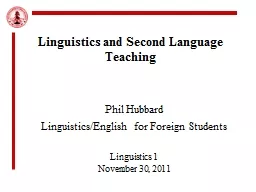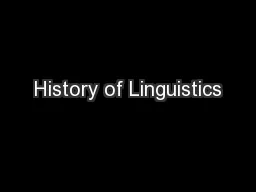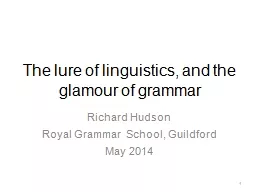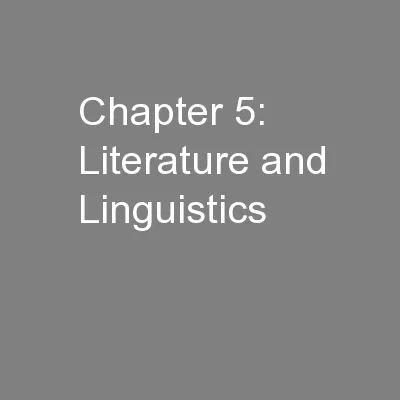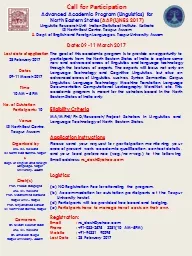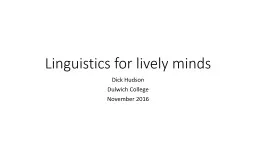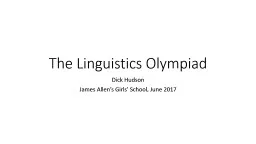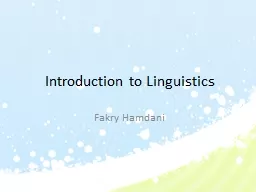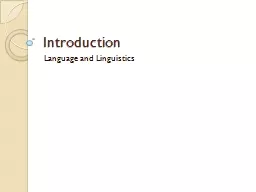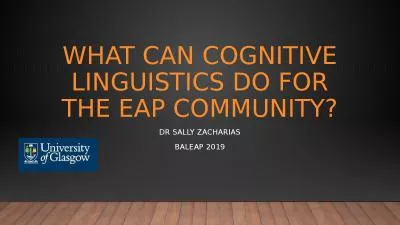PPT-Linguistics and Second Language Teaching
Author : breezeibm | Published Date : 2020-06-17
Phil Hubbard LinguisticsEnglish for Foreign Students Linguistics 1 November 30 2011 2 Who am I 3 Outline Overview of linguistics in language t eaching Key
Presentation Embed Code
Download Presentation
Download Presentation The PPT/PDF document "Linguistics and Second Language Teaching" is the property of its rightful owner. Permission is granted to download and print the materials on this website for personal, non-commercial use only, and to display it on your personal computer provided you do not modify the materials and that you retain all copyright notices contained in the materials. By downloading content from our website, you accept the terms of this agreement.
Linguistics and Second Language Teaching: Transcript
Download Rules Of Document
"Linguistics and Second Language Teaching"The content belongs to its owner. You may download and print it for personal use, without modification, and keep all copyright notices. By downloading, you agree to these terms.
Related Documents

